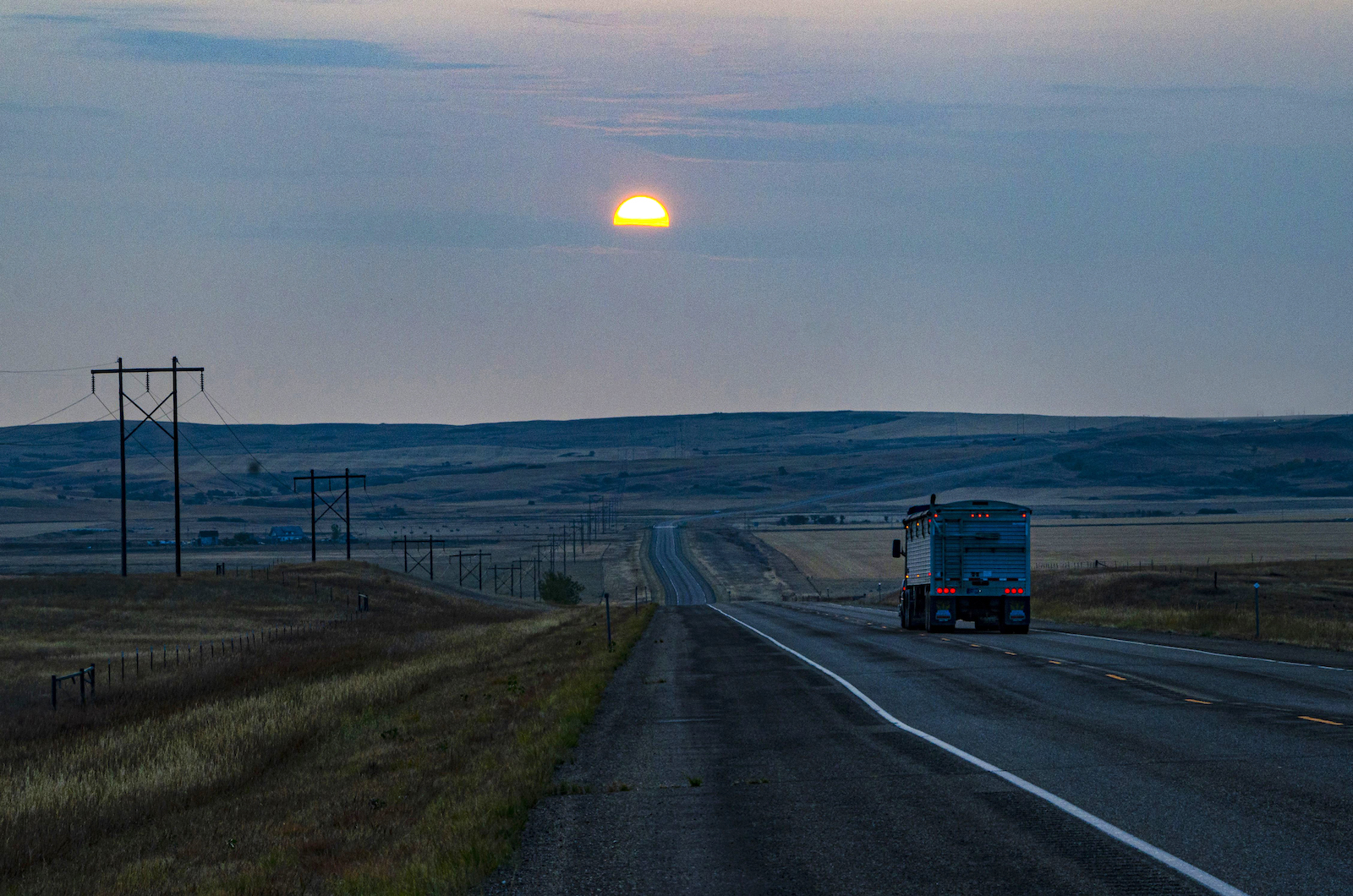This story was originally published by High Country News and is reproduced here as part of the Climate Desk collaboration.
Bounded by the Bitterroot Mountains to the west and the Sapphire Mountains to the east, Montana’s Bitterroot Valley is home to renowned fly fishing streams and soaring vistas. Its forests, however, are facing the greatest wildfire risk in the entire state, with towns like Florence, Victor, and Darby all in the nation’s 98th-plus percentile for risk. Yet houses continue to be built at a rapid clip, many of them in hazardous areas.
Theoretically, the Infrastructure Investment and Jobs Act, a $1.2 trillion bill that funds improvements in transportation, water, energy, broadband, and climate resilience projects, should be able to help. The legislation, signed into law by President Joe Biden in November 2021, includes money to make forests more resilient to fire and defend at-risk communities. But according to a recent analysis by the Montana-based research group Headwaters Economics, over half of the communities in the West might not be able to access those funds.
Researchers examined 10 factors that influenced how well-equipped communities were to apply for grant funding, and then used those factors to calculate each county and community’s “rural capacity” score. For instance, Missoula County, Montana, home to the state’s second-largest city and flagship university campus, scored 94 out of 100, while Carter County, Montana, where there is no county head of planning and just 20 percent of adult residents have attended college, scored just 45, the lowest in the state.
Within the West, Montana stands out: More than three-quarters of its communities have index scores below the national median. The state’s low capacity exemplifies the challenges rural communities across the West face, including a reliance on boom-and-bust industries that create financial instability, and a lack of grant writers, land-use planners, and emergency planners that would be helpful in applying for federal funds. “You go to a rural community, and typically the mayor is almost always part-time,” said Don Albrecht, director of the Western Rural Development Center at Utah State University. “They don’t have the resources or the experience or the expertise to even write grants to get the money in the first place.”
More than half the communities in Wyoming, New Mexico, and Idaho rank below the national median on Headwaters’ rural capacity index scoring system. Clark County, Idaho; Esmeralda County, Nevada; and Jackson County, Colorado, like Carter County in Montana, also received capacity scores in the 40s. At the same time, Headwaters also found that many of the rural communities rated as having low capacity also face the highest climate threats.
When overlaid with data about flood and wildfire risk, Headwaters’ analysis reveals areas with stark capacity barriers, often exacerbated by historical injustices, as well as high vulnerability to the impacts of climate change. In Montana and elsewhere, many of these communities are on or near Native American reservations. In the town of Hays on the Fort Belknap Indian Reservation, for example, capacity is among the lowest 5 percent in the country, while both wildfire and flood risk are higher than in 90 percent of the country.
In theory, the $47 billion the infrastructure bill designates for climate resilience can help communities prepare for floods, fires, storms, and droughts. But Headwaters’ analysis suggests that areas with low capacity might not submit requests in the first place. “The point of this was to shed light on major barriers that exist for communities trying to plan and finance climate adaptation projects,” said Patty Hernandez, the executive director of Headwaters Economics. “For our team, it was really striking how widespread the problem is.”
Over the next few weeks, the Biden team is taking a cross-country tour to discuss the legislation ahead of the midterm elections in November, with a particular focus on rural areas. According to Mitch Landrieu, Biden’s infrastructure czar, officials will stop in a handful of Western states, including Colorado, Alaska, Arizona, Washington, and Nevada. Behind the scenes, federal agencies in charge of divvying up infrastructure funding are defining grant guidelines and making spending plans. “These decisions are being made right now that will impact the ability of rural communities to access the dollars that are coming online,” Hernandez said.
Officials say that access for rural communities is their top priority, pointing to their “rural playbook,” which details money set aside for urgent rural issues like broadband internet access and upgrading electricity and wastewater systems. Last Wednesday, the Biden administration launched a pilot program called the Rural Partners Network, designed to address capacity issues by putting staff on the ground in rural communities to “provide local leaders with the expertise to navigate federal programs,” according to a fact sheet from the USDA.
It’s essential for state and federal officials to work directly with communities in order to make sure that the money gets where it’s most needed, Albrecht said. Otherwise, those with more resources will “lap” it all up. According to The Washington Post, municipalities from Florida to California are already hiring lobbyists to influence where infrastructure money goes.
There are also policies the Biden administration could enact to give communities a fair shot at funds, Headwaters’ analysis suggests. The administration could eliminate requirements for communities to match contributions from federal grants, which can be difficult in sparsely populated areas with a limited tax base. Granting agencies could even directly identify places with high need and award them money without requiring applications. Hernandez said that new approaches are necessary to give rural towns across Montana, and the West, a chance. “I can’t imagine a scenario,” she said, “where a one-size-fits-all rubric for scoring proposals is ever going to work out for rural communities.”



